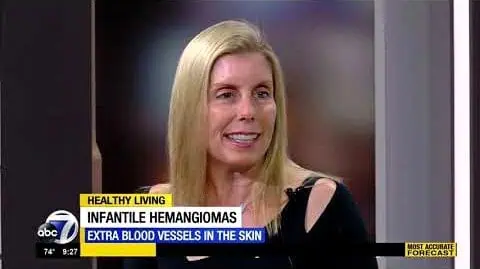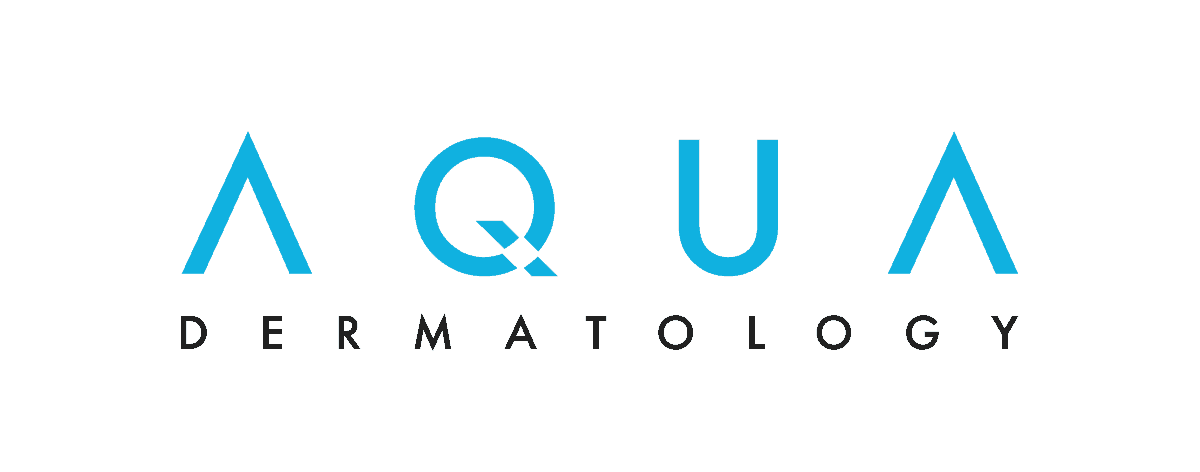Dr. Robin Gehris Explains Infantile Hemangiomas, What They Are and How to Treat Them

Riverchase Dermatology’s Dr. Robin Gehris is triple board certified in pediatric dermatology, dermatology and pediatrics, and she has a special focus on treating infantile hemangiomas.
Infantile Hemangiomas
About 4% of babies are born with hemangiomas either at birth or that develop shortly after birth. Hemangiomas represent a collection of extra blood vessels in the skin that are not always present at birth. Many parents think of these growths as birthmarks, but they can develop very rapidly in the first few months of a baby’s life. The most rapid growth phase is from months 0-4 with more gradual growth phase during months 6-12.
Infantile hemangiomas seem to be more common in baby girls and babies who are born prematurely. Little is known about why some babies have them and others do not. This is an area of active research.
Hemangiomas can occur anywhere on a baby’s skin, but the locations that are most concerning to doctors are on the face, around the eyes, the mouth or nose, on the neck or around the diaper area – places where the hemangioma could impact breathing or vision, cause discomfort or ulcerate. If a baby has a hemangioma in these areas, parents should have them checked out by a pediatrician or pediatric dermatologist as soon as possible.
Since hemangiomas can grow rapidly, the earlier the hemangioma is identified, the easier it can be to treat. Dr. Gehris says that in the last five to ten years, new oral medications have been approved by the FDA to help treat infantile hemangiomas and they can be used to treat babies topically with a gel formulation. The treatment options now available are life changing and they can make a great difference in the quality of a baby’s life.
Learn more about Dr. Robin Gehris, hemangiomas and how to treat other vascular malformations.


